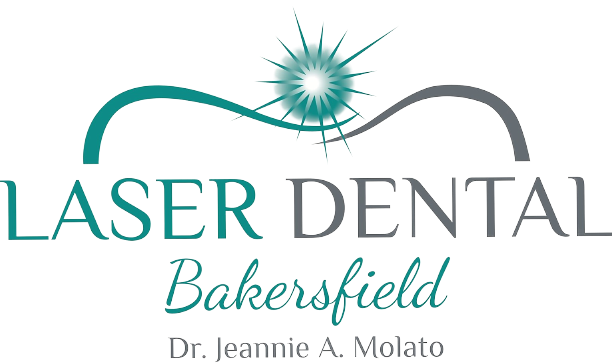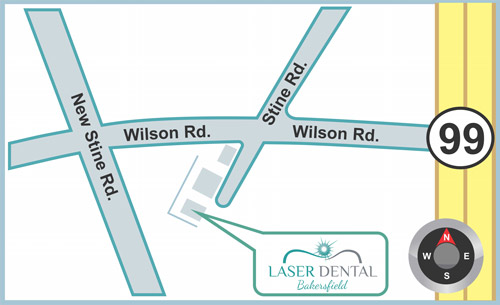There has been a growing trend of patients seeking orthodontic treatment. This trend has been driven by a variety of factors ranging from technological to economic. Dental technology has produced new and cost-effective ways of providing orthodontic care. Understanding the risks misaligned teeth pose to oral health has grown and deepened. However, even with these advancing technologies, complications can still occur as part of receiving orthodontic care. One of the most frequently encountered is white spot lesions. These white blemishes often appear beneath the orthodontic appliance or around the mounting point for brackets. Thankfully, there are ways to avoid them and methods of addressing them when they appear.
Understanding How White Spot Lesions Form
White spot lesions can form even when orthodontic appliances aren’t present. They are the result of the action of acids and bacteria on the enamel of your teeth. This action causes the enamel to demineralize, giving it an opaque white color. This color is the first indicator that tooth decay is taking place. At this stage, it’s still possible to reverse the effects, providing immediate action. There are treatments available that will remineralize your teeth, restoring strength and resiliency to your enamel. There are three treatments available that can address the presence of white spot lesions:
- Remineralization Treatments: These treatments use a fluoride-infused substance to deliver this strengthening material directly to the enamel. Dentists will often use it during preventative care treatments to help slow or reverse the onset of tooth decay. Fluoride’s ability to strengthen enamel is why it’s essential to use toothpaste and oral hygiene products that include fluoride.
- In-Office Dental Whitening: While this process can’t eliminate the presence of white-spot lesions, it does serve to make them less noticeable. Your dentist will lighten the color of your enamel using a peroxide solution. This procedure works to eliminate staining and discoloration. Numerous whitening treatments are available over the counter. However, in-office treatments are safer and more effective.
- Composite Resin Bonding: It can be challenging to remove lesions, and some simply won’t give. If this applies to your white spot lesions, your dentist may suggest composite resin bonding. It’s a restorative practice that rebuilds the tooth’s structure and can hide the lesions. Composite resin is particularly receptive to tinting.
Why White Spot Lesions Occur With Orthodontic Care
They are prevalent when you are receiving orthodontic care with traditional braces. The brackets mount braces to your teeth can make proper oral hygiene difficult. You have to work around the wires and take special care to get close to the base of the brackets. While they’re incredibly effective for addressing misalignment, they also provide additional spaces for bacteria and food debris to hide. While you are using orthodontic appliances, it pays to take extra caution when performing oral hygiene. Special devices make floss and brushing around these essential dental tools easier. Talk with your dentist for guidance on the best way to perform dental hygiene while receiving orthodontic care.










